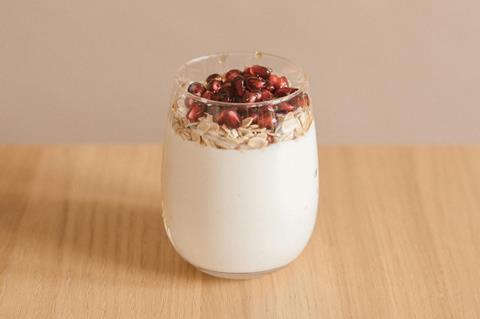A Kobe University team was able to edit the DNA of Lactobacillus strains directly without a template from other organisms. This technique is indistinguishable from natural variation and enabled the researchers to create a strain that doesn’t produce diabetes-aggravating chemicals.

Humans have improved the microorganisms we rely on for millennia, selecting variants that are better able to produce wine, yogurt, natto and many other products. More recently, direct genetic modification has emerged as a tool to exert more precise and efficient control over the improvement, but also has drawn much public criticism for often using DNA from unrelated organisms in these modifications.
READ MORE: Scientists discover and engineer ChCas12b for precise genome editing
READ MORE: Bacteria treatment reduces insulin resistance and protects against diabetes
Kobe University bioengineer Nishida Keiji says, “As a consequence, using such transgenic techniques is not favorable for food products due to legislations being restrictive and social acceptance being low.”
Precise control
Nishida and his team have developed a technique that gives even more precise control over the genetic content of a microorganism that does not rely on template DNA from other organisms.
He says: “We have invented a DNA base editing technology named ‘Target-AID,’ which is superior to conventional techniques such as ‘CRISPR-Cas9’ in several aspects. For example, CRISPR-Cas9 induces DNA breaks and often causes cell death, while our Target-AID inserts precise point mutations without such breaks.”
In the journal Applied Microbiology and Biotechnology, Nishida and his team now report that they teamed up with the Kobe University venture Bio Palette Co. Ltd. and successfully applied their technique to industrially important Lactobacillus strains used in manufacturing dairy products and pickles. “We edited individual, targeted locations in the genome at almost 100% efficiency in two major but fairly different Lactobacillus species. This shows that the technique can be readily applied to a wide range of strains,” says Nishida.
Type 2 diabetes
To further showcase the capabilities of their approach, they focused on a gene that is involved in the production of a chemical that aggravates type 2 diabetes. By using Target-AID to mutate that gene, they engineered a Lactobacillus strain that could produce yogurt with less than a tenth of that chemical, making it safer to consume for people with type 2 diabetes.
Nishida says: “The bacteria we produced are not subject to regulations concerning genetically modified organisms when used as foods, supplements or medicines. We thus expect that they can be readily commercialized after appropriate safety confirmation.”
In their paper, the Kobe University team also showed that they could modify multiple genes at once and that they could even use their technique as a novel approach for basic research. For the future, Nishida has a broad outlook, saying, “We think our research will enable probiotic products with various health benefits, such as alleviating the effects on lifestyle-related diseases, strengthening immunity, improving allergic tolerance, and other benefits.”







No comments yet